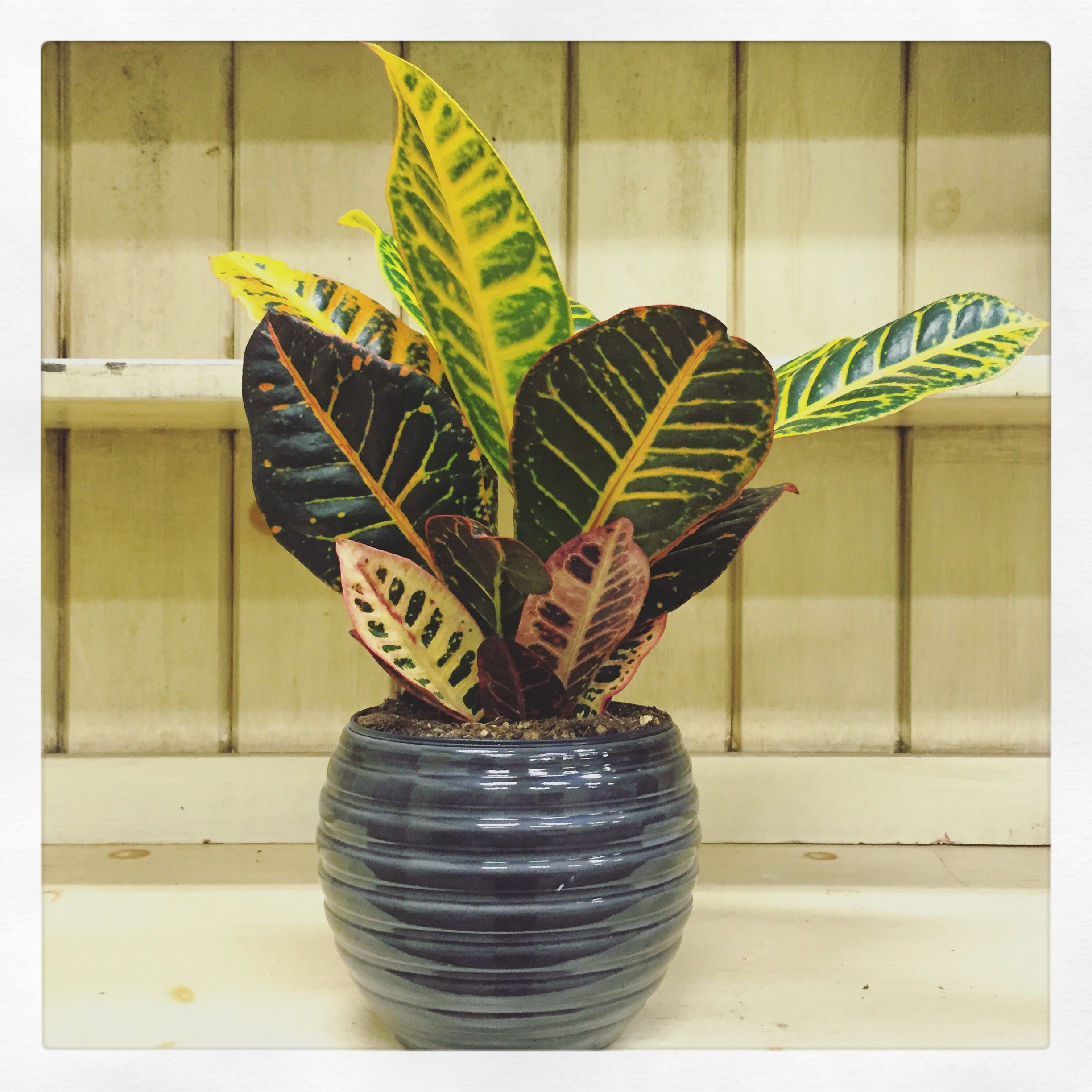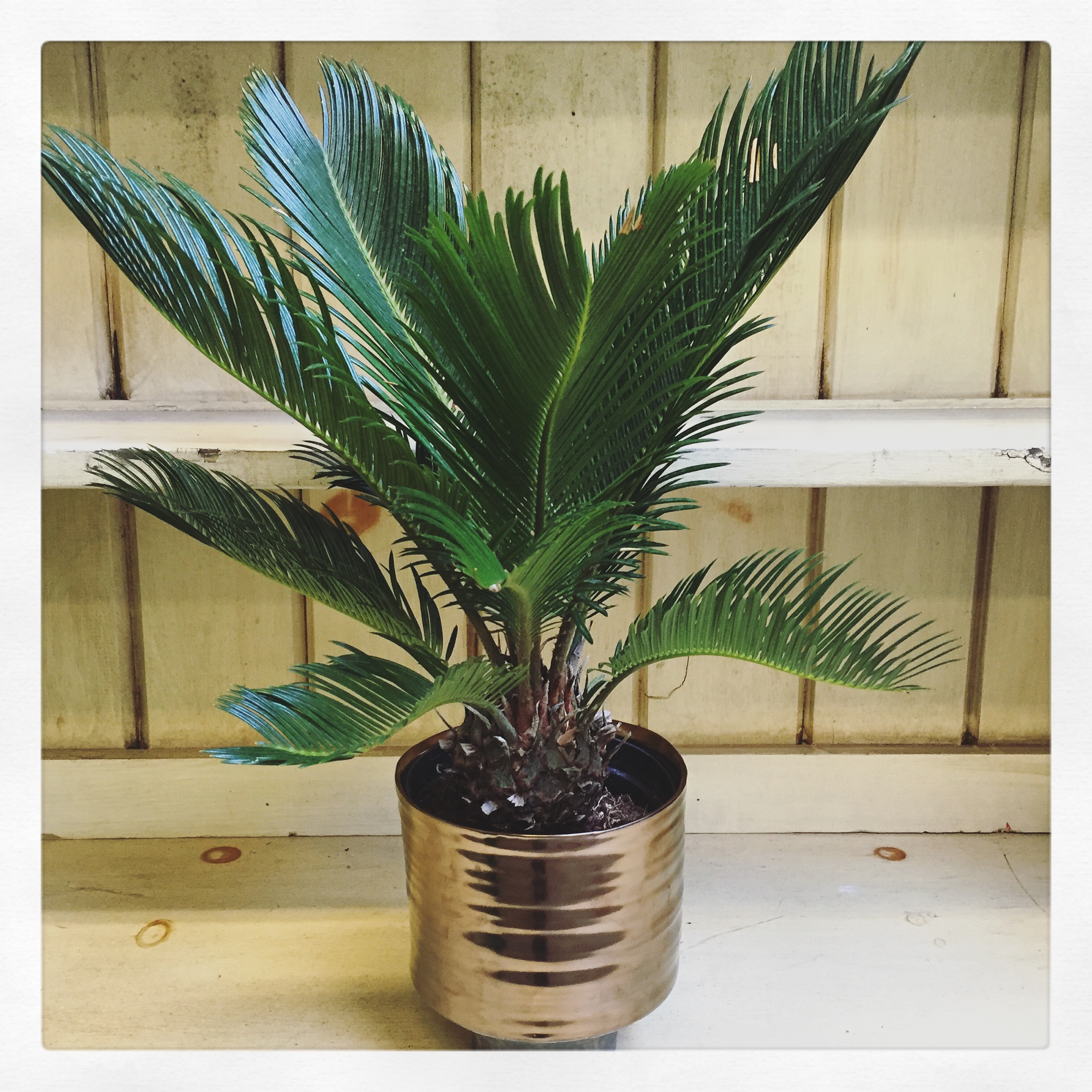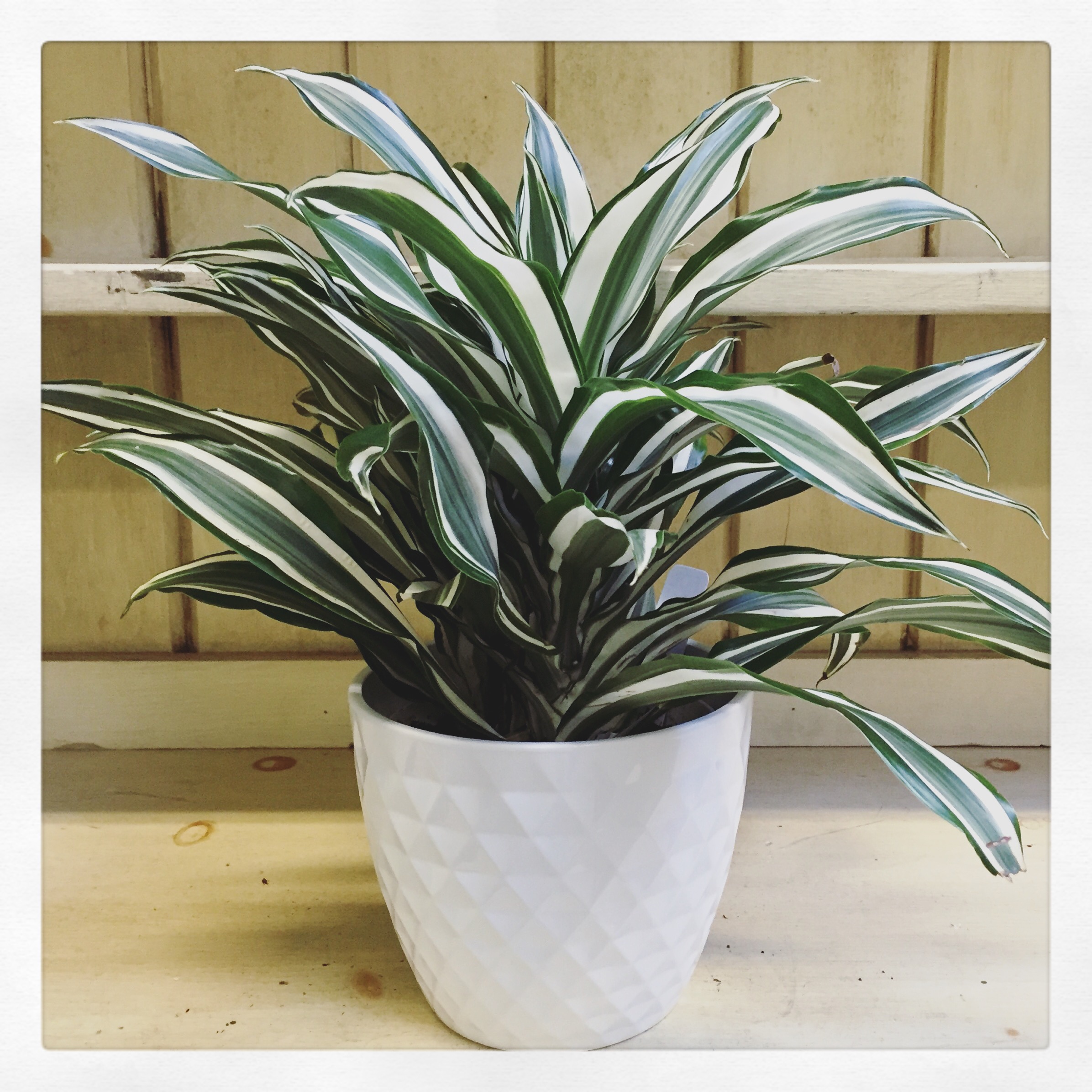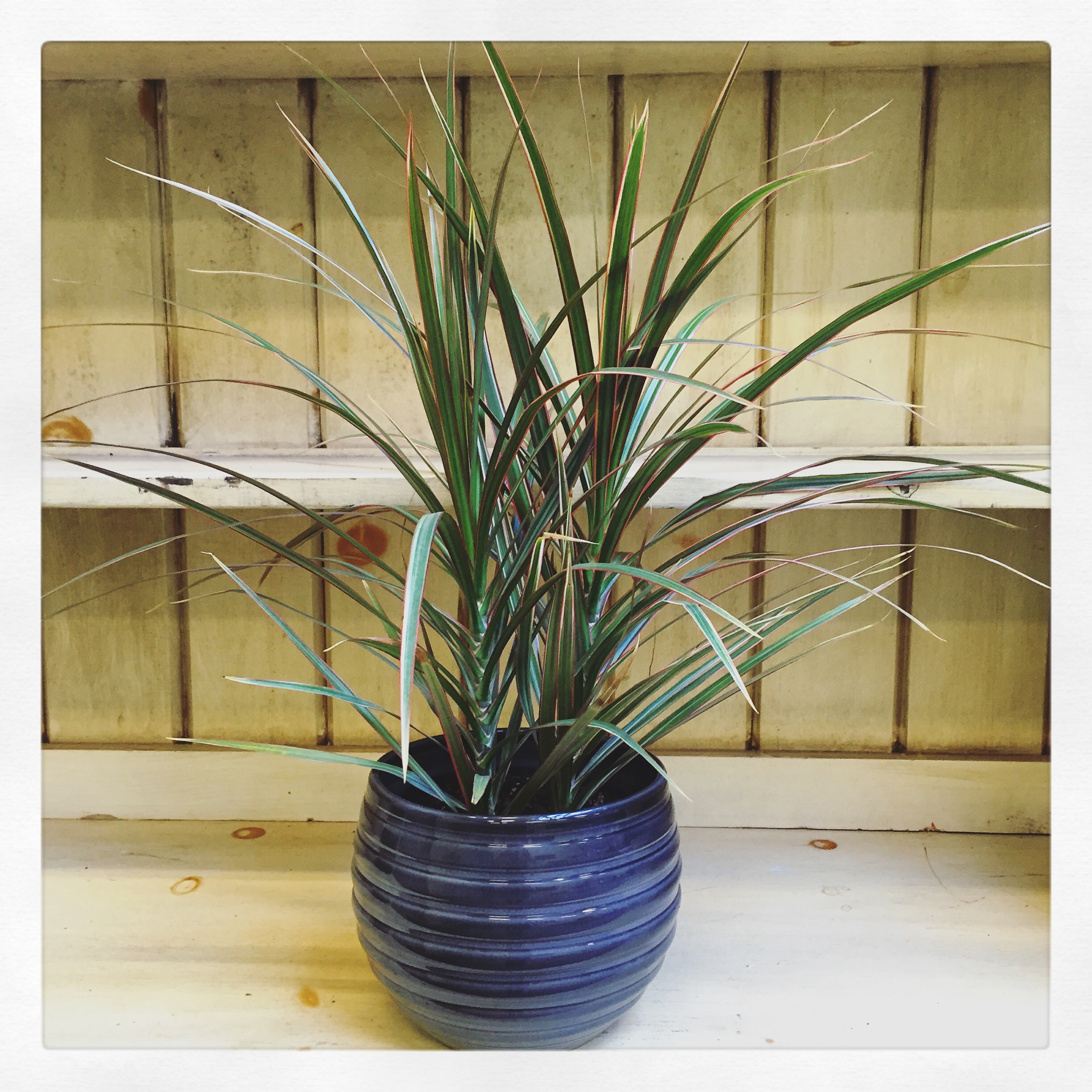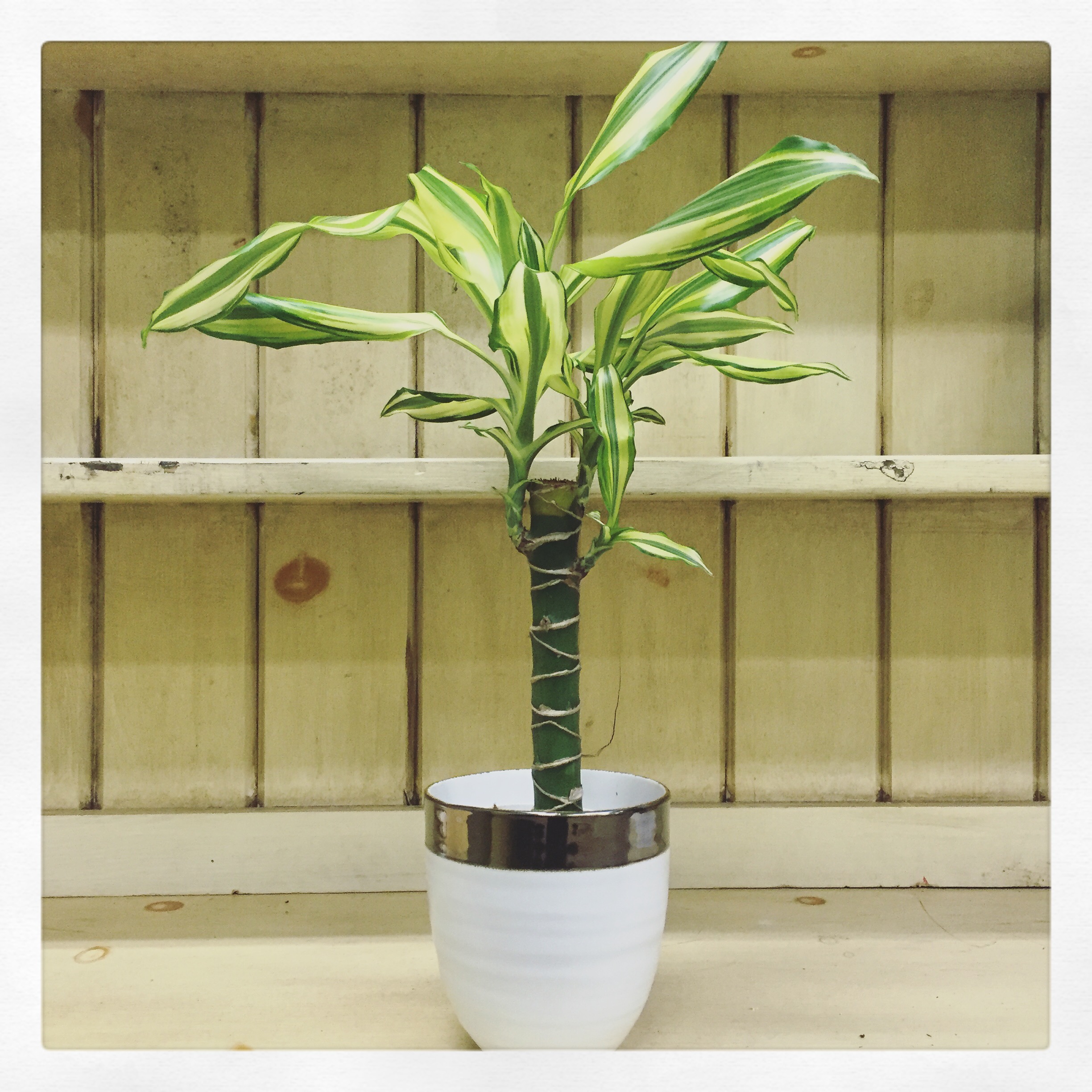Indoor plants can provide a design statement that is warm, inviting, and refreshing on top of other benefits such as purifying the air and allowing for year-round gardening. The right indoor environment will help your plant thrive and flourish. The "secret" to successfully caring for indoor plants is to mimic the same conditions as their natural habitat. Adequate light is the most important environmental factor in successfully growing plants in our homes.
If you think you have a black thumb, reconsider! Your home may just not offer enough light for the plants you are growing. The first thing to consider when selecting a houseplant is the location where you would like it. After you have a space in mind, pair a plant that has the same requirements as what your area offers. Are you trying to brighten up a small, dim corner or add striking interest to a big, sunny windowsill?
There are a variety of ways to label light requirements, all defined around light intensity. The intensity of light a plant receives largely depends on the plant's nearness to the light source. The direction your windows face helps determine the intensity of natural sunlight the plant receives. Let's shed some light on what it all means (Ha! Couldn't resist; no blog post is complete without an obvious pun, right?).
High Light
This intense light is also called full sun. Full sun provides several hours of direct sunlight during the day. High light can be found indoors within 6 feet of a window with unobstructed southern or southwestern exposure.
This strong, direct light is suitable for Cacti, most Succulents, Aloe, Jade Plant, Ficus, and Croton.
Pictured above: TL: Succulent; TC: Aloe; TR: Jade Plant; BL: Fiddle Leaf Fig; BC: Croton; BR: Sago Palm
Medium Light
Medium light refers to part sun/part shade; the location receives sun during the day for a couple of hours. Medium light can be found near windows with bright eastern exposure or approx. 4-6 ft. away from a full western or eastern exposure.
Bright indirect light also falls under the medium light category. This type of light offers no direct sun, but the area is still flooded by light. A few feet away from a south facing window generally provides ideal bright indirect light. Bright indirect light will be tolerated by most foliage and flowerings plants.
Plants that prefer medium light are Dracaena and Philodendron.
Pictured above: TL: Warneckii Dracaena; TC: Pachira Money Tree; TR: Dracaena Marginata; BL: Lemon Lime Dracaena; BC: Philodendron; BR: Spider Plant.
Low Light
Low light refers to a shaded or mostly-shaded location, often found near north windows, in the corners of a room, or on stair landings. There is no direct sunlight in low light areas, however there isn't total darkness either.
Low light is suitable for Aglaonema, Aspidistra, Chamaedorea, Ivy, Sansevieria, Pothos, and Spathiphyllum.
Pictured above: TL: Chinese Evergreen (Aglaonema), TC: Maidenhair Fern, TR: Peace Lily (Spathiphyllum), BL: ZZ Plant, BC: Dracaena Fragrans; BR: Snake Plant (Sansevieria Trifasciata).
Both not enough and too much light can be harmful for plant growth. Too little light may make your plant leggy with spindly new growth (if it is still growing without ample light). With insufficient light, you may also notice small new leaves, lower leaves that yellow or fall off, or variegated plants that turn solid green. Too much light, on the other hand, and you could see midday wilting, brown scalded patches on leaves, or faded foliage.
Appropriate lighting is integral for successfully growing and caring for indoor plants, and is one of a few key care guidelines to follow. Read more about other factors such as watering, humidity, and fertilizing houseplants in our post reviewing the Proper Care and Feeding of Indoor Plants.
Updated for 2024.






